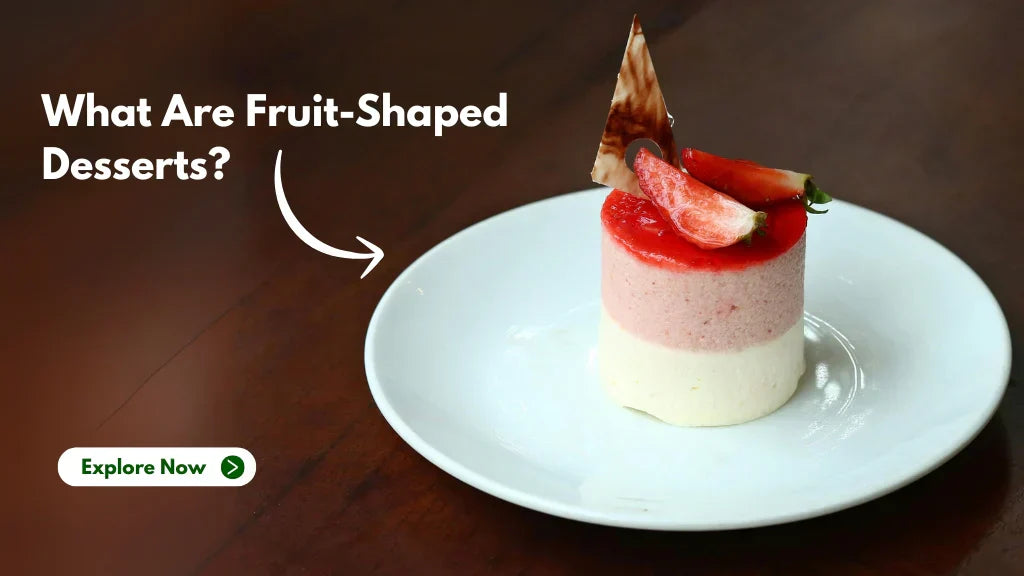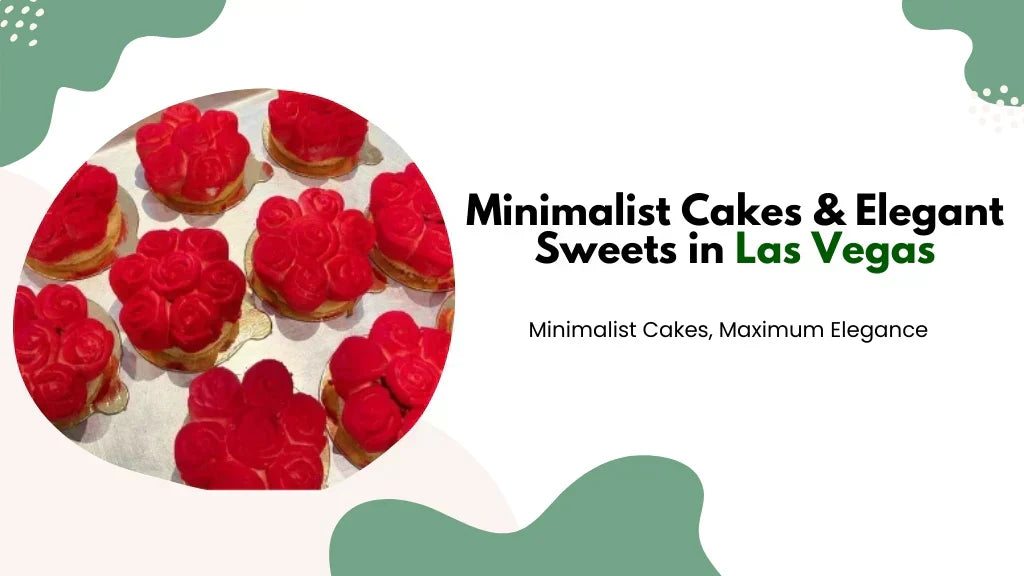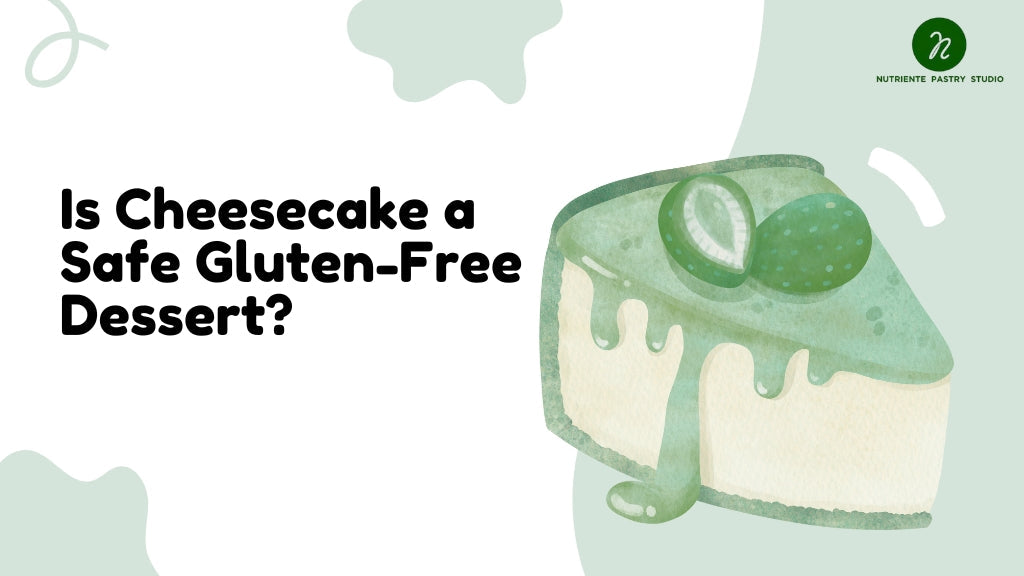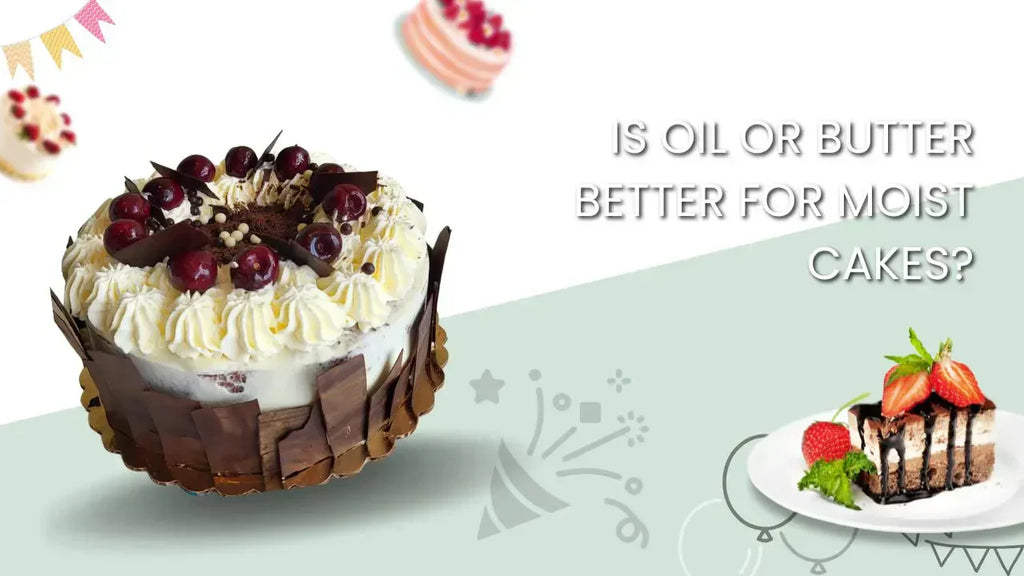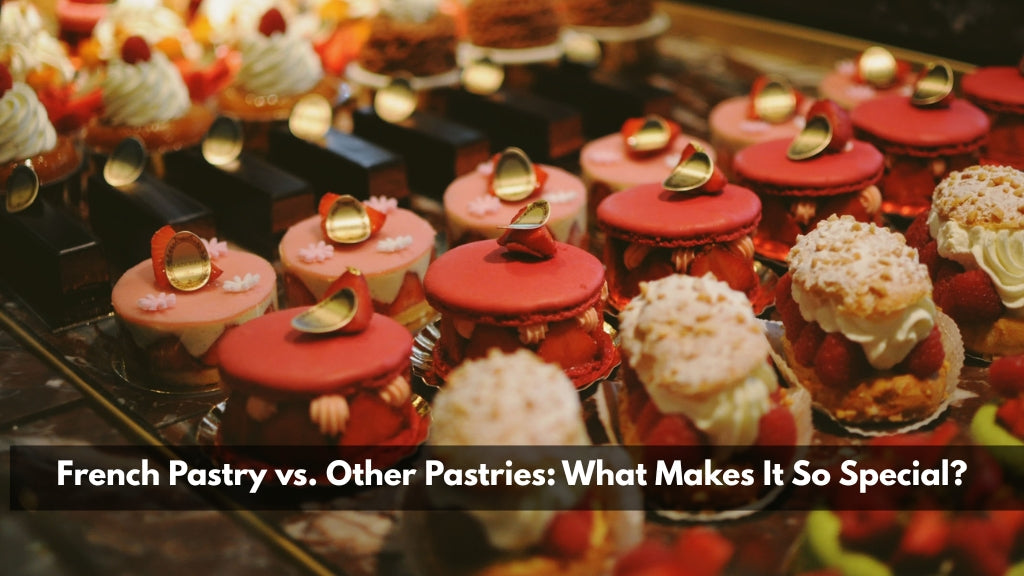
French Pastry vs. Other Pastries: What Makes It So Special?

French Pastry vs. Other Pastries: What Makes It So Special?
When you think of pastry, what comes to mind? For many, it’s the delicate, buttery layers of a croissant, the smooth, rich filling of a mille-feuille, or the crispy crunch of a puff pastry shell. These sweet and savory creations belong to a class of desserts and snacks known as French pastry, a culinary tradition that has taken the world by storm. But what is it about French pastry that makes it stand out from other pastries around the globe? Let’s take a deeper look at what makes French pastry so special and why it’s beloved by people worldwide.
The Origins and Heritage of French Pastry
French pastry is a reflection of centuries of culinary expertise and innovation. While many cultures have rich pastry traditions, French pastry has been widely recognized as the gold standard for its refinement, technique, and unique flavors. The history of French pastry dates back to the Renaissance, where it began evolving into the delicate, artful creations we recognize today.
One of the earliest influences on French pastry was the Italian Renaissance, with its intricate sweets and pastries. However, it wasn’t until the 17th and 18th centuries that French pastry chefs, known as pâtissiers, began to master the techniques that would define the tradition. These pastry experts refined processes such as the making of puff pastry, the layering of dough, and the use of butter, creating pastries that are still adored in France and beyond.
The Art of Crafting French Pastry
What truly sets French pastry apart is the meticulous artistry behind its creation. Unlike many other pastry traditions that prioritize speed and efficiency, French pastries are all about precision, patience, and attention to detail.
For instance, the creation of puff pastry—a staple in many French desserts—requires multiple layers of dough and butter to be folded together repeatedly. The result is a light, flaky, and buttery texture that is almost impossible to replicate in other pastry traditions. Similarly, French patisseries use a technique called lamination, which involves folding dough in a specific way to create layers that result in an airy and melt-in-your-mouth texture. This attention to detail is why French pastry often has a signature lightness and fluffiness that is a signature trait of French pastry.
Beyond texture, French pastry chefs are also experts in flavor balancing. French pastries use a variety of fresh, quality ingredients—ranging from fruits and nuts to chocolates and creams—that come together in perfect harmony. The fillings, glazes, and toppings are often lighter and less sweet than in some other cultures’ pastries, focusing more on the natural flavors of the ingredients.
French Pastry vs. Other Pastries: Key Differences
While other cultures have equally delicious pastry traditions, there are distinct characteristics that separate French pastry from the rest. Let’s break down how French pastries compare to those from other parts of the world.
- Technique: Many pastries from other countries, like the simple American pie or the British scone, focus on straightforward baking methods. French pastry, on the other hand, demands a high level of technical skill. The layering of dough, the tempering of chocolate, and the creation of smooth custards all require years of training and experience to perfect. In countries like Italy, pastries such as cannoli or biscotti are often made with more rustic techniques and ingredients, emphasizing simplicity.
- Flavor Profile: French pastries tend to have a more delicate, refined flavor profile. While some countries may use heavier amounts of sugar or spices in their pastries (such as in the case of German or Middle Eastern desserts), French pastries tend to balance sweetness with acidity, richness, and complexity. For example, a French tarte au citron (lemon tart) will balance the zesty tang of lemon with the creamy smoothness of custard and the buttery, flaky pastry shell.
- Ingredients: French pastry is often built around high-quality, fresh ingredients. French chefs use premium butters, creams, and chocolates, elevating their pastries in ways that are difficult to replicate. Compare this to pastries in other countries, like the dense and doughy Danish pastry, which is still delicious but doesn’t have the same light, airy texture. Similarly, French pastry relies heavily on precision in the ingredients and ratios, something that other culinary traditions may not emphasize as much.
- Presentation: French pastry is known not only for its flavor and texture but for its stunning visual appeal. The aesthetics of French pastry are as important as its taste. Pastries are often designed to be eye-catching with colorful glazes, intricate designs, and beautiful shapes. Other countries’ pastries, while often delicious, may not have the same refined attention to visual detail.
The Iconic French Pastries
Some classic French pastries have become synonymous with the country's culinary prestige. These desserts have withstood the test of time and continue to define the elegance of French pastry.
- Croissant: Perhaps the most iconic of all French pastries, the croissant is a buttery, flaky pastry with a crisp golden exterior and a soft, airy interior. It has become synonymous with France and is often enjoyed with coffee for breakfast or as a midday snack.
- Éclair: A long, choux pastry filled with creamy custard or whipped cream and often topped with chocolate glaze, the éclair is another quintessential French pastry. Its delicate choux dough, light cream filling, and glossy finish make it a favorite worldwide.
- Macaron: Made from meringue and almond flour, these delicate cookies are sandwiched together with flavored buttercream or ganache. The crispy exterior and soft, chewy center make the French macaron an internationally loved treat.
- Mille-Feuille: Known as the "Napoleon" in some places, this pastry consists of layers of puff pastry filled with rich pastry cream. It’s a beautiful display of flaky pastry with the smooth sweetness of cream.
Why French Pastry Reigns Supreme
There’s a reason French pastry has gained such international acclaim—it’s a perfect balance of technique, flavor, and artistry. The dedication to quality ingredients, the precise crafting techniques, and the centuries-old heritage of French patisseries all contribute to the distinction of French pastry from other pastry traditions. Whether it's the simple elegance of a croissant or the complexity of a mille-feuille, French pastry offers an unparalleled experience for pastry lovers.
In conclusion, French pastry has earned its reputation for being truly exceptional because of its dedication to perfection, its refined flavor profiles, and the care that goes into each creation. While other pastries around the world have their own charm, there’s something about the delicate balance of French pastry that makes it so special. So, the next time you enjoy a beautifully crafted French pastry, you’re not just tasting dessert—you’re savoring a piece of history, technique, and art.




